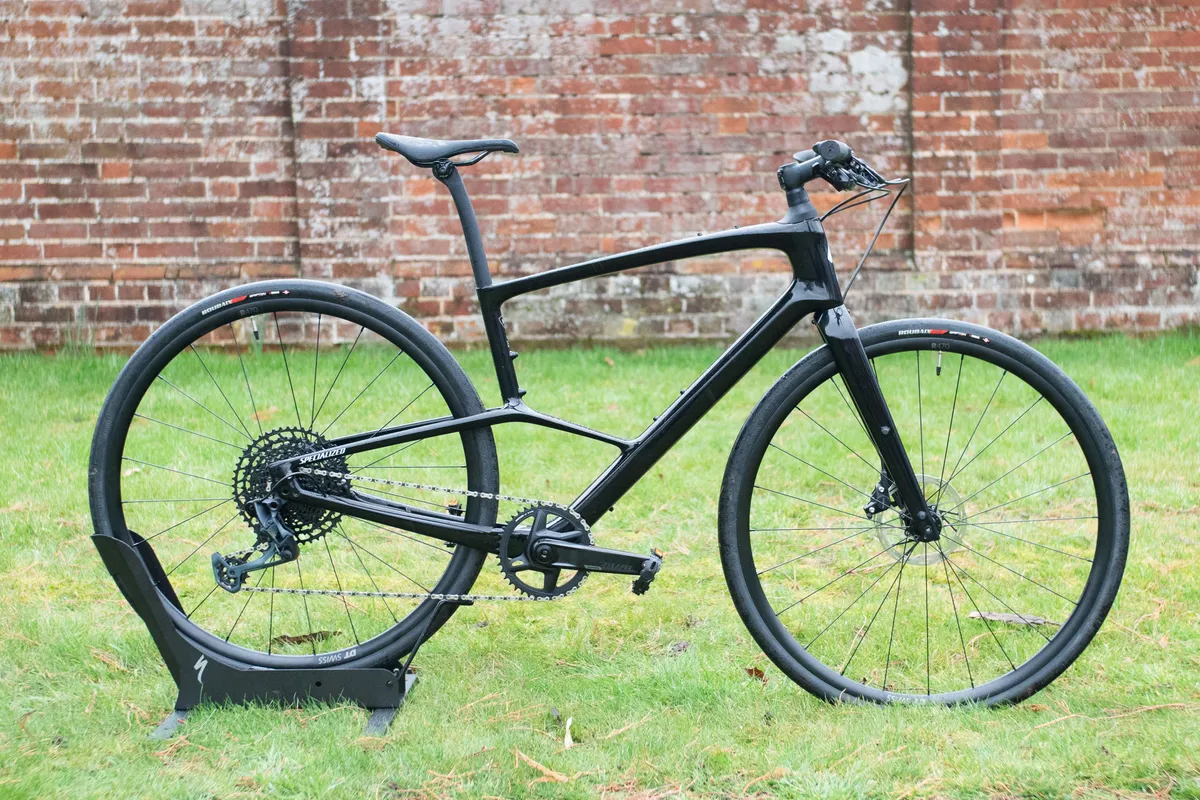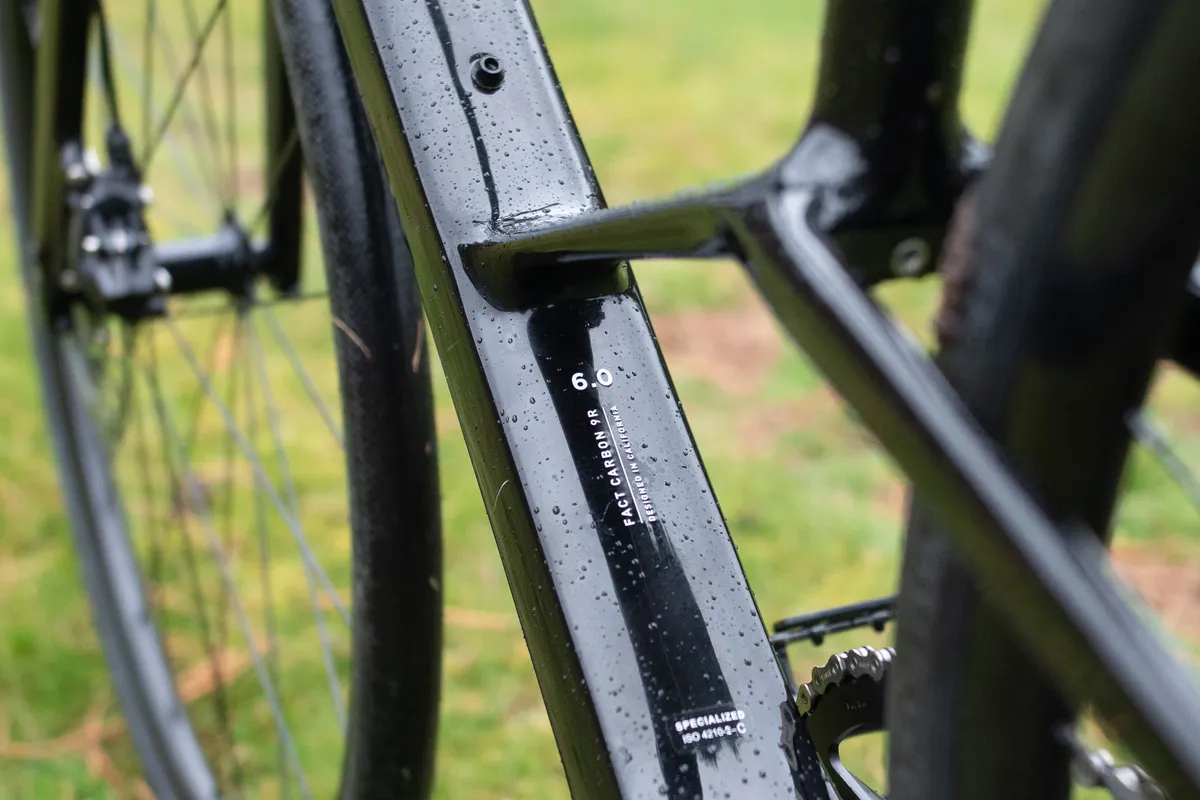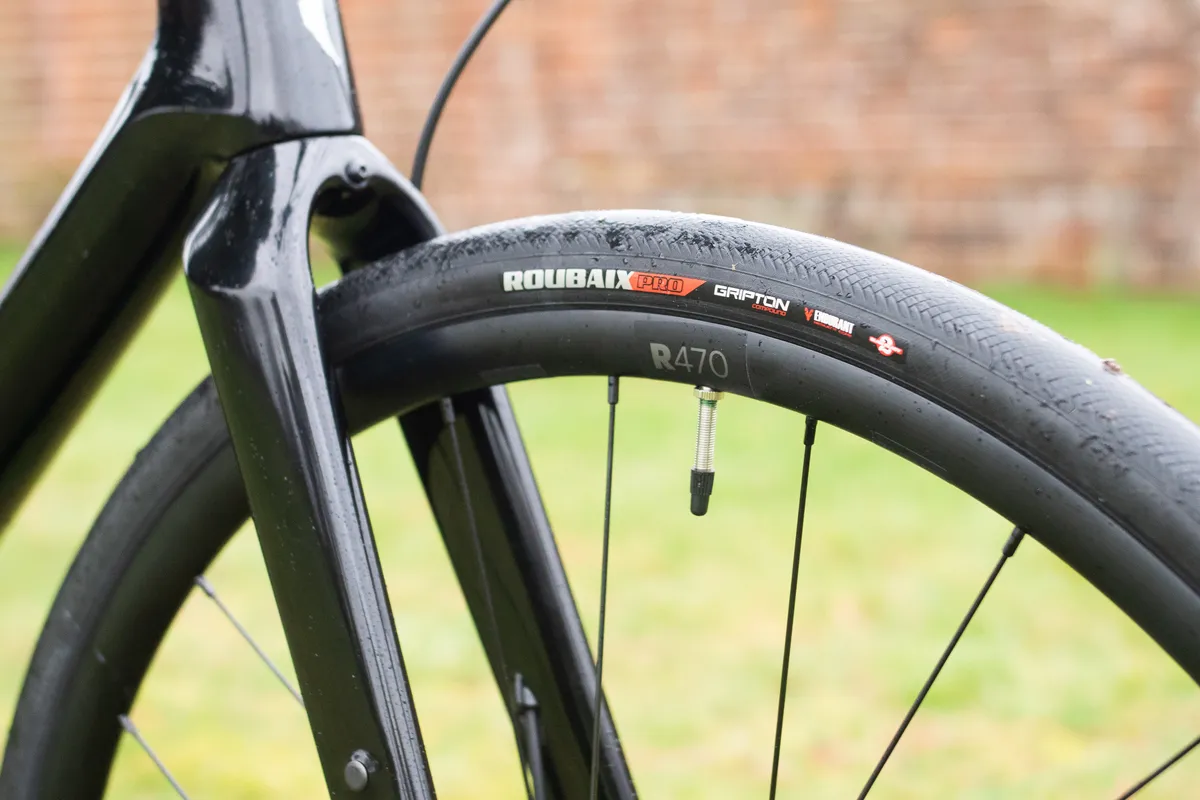The redesigned Specialized Sirrus Carbon and new Rondo Ruut share one major frame feature: breaking from tradition, the seat tube kicks forward to join the down tube well above the bottom bracket area.
Rondo has used the design for a gravel bike, with the Ruut V2 currently a prototype but slated for launch later this year, while Specialized has deployed it on a flat-bar town bike (with light-gravel capabilities), the Sirrus Carbon.
With both brands heading in a similar direction, we’ve been busy considering what the radical frame designs from Rondo and Specialized could mean for the road bike market in the future.
What's the point?
Before we cast an eye over how this might impact frame design in future, let's take a look at what Specialized and Rondo are saying about their respective designs.
Rondo claims that by ditching the seat tube as we know it, leaf-spring-like suspension has been added to the frame.
Forget complex gravel bike suspension, Rondo says its frame design, combined with chunky tyres, will take the sting out of rough trails.

Indeed, Rondo's take follows the trend for micro-suspension in gravel bikes – and does so in a way that's free of additional parts.
Speaking to BikeRadar, Rondo’s technical product manager, Marcin Skiba, told us the new Ruut is designed to occupy the middle ground in Rondo’s three-bike gravel line-up.
The Rondo Ratt already exists as the brand's all-road take on gravel, while at the other end of the spectrum, there's the Rondo Mylc, for a more extreme side of gravel.
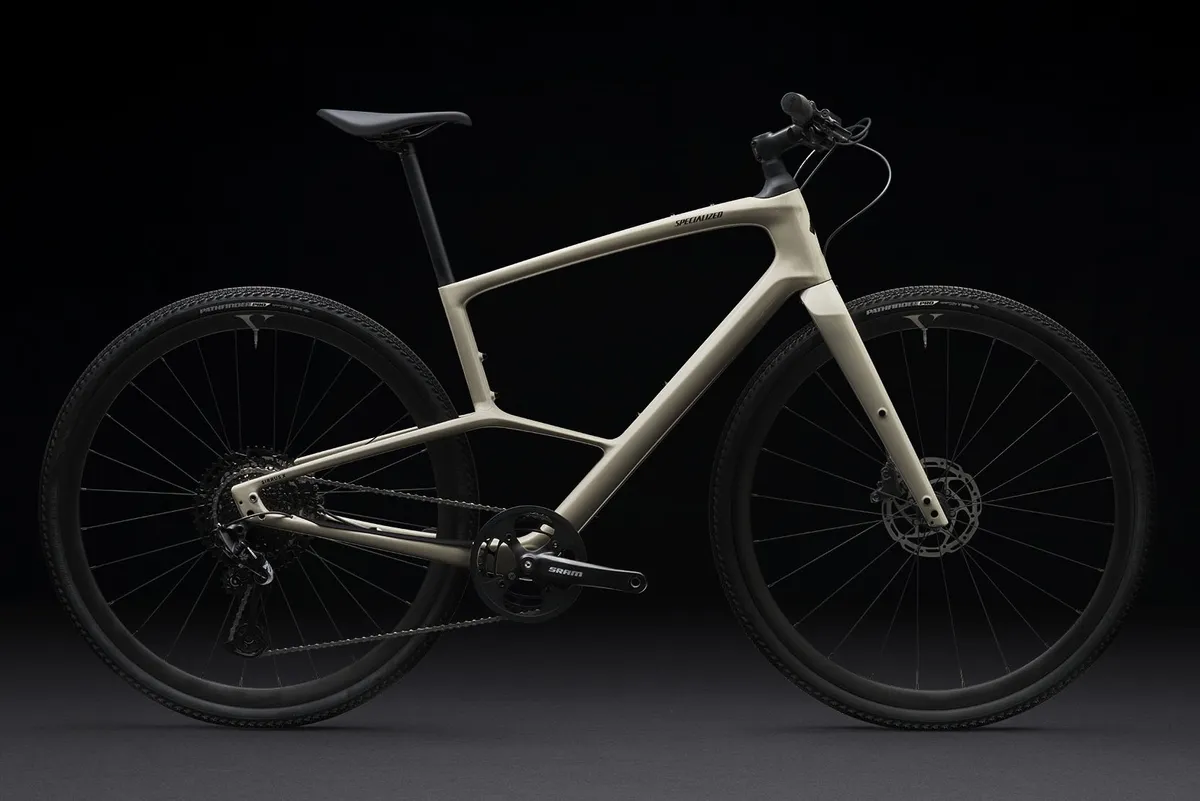
A similar story comes from Specialized regarding the Sirrus Carbon, which sports another seat tube-less design, albeit with a much flatter junction between the seat tube and down tube.
In a 'does what it says on the tin' piece of marketing, the so-called Compliance Junction, as it is known, has been designed to have "just the right amount of flex and forgiveness across the carbon frame without sacrificing performance and efficiency".
That’s what Specialized claims, anyway – and, as a result, Spesh says the Sirrus Carbon offers "a ride so smooth and comfortable that it is truly unmatched in its category. Well, that and the fact that it just looks so dang good."
The UCI might have something to say about that, though...
But what about the UCI?
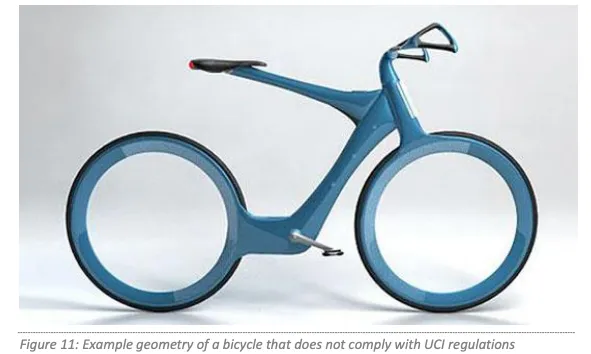
Both designs sound as though they could, if the brand's claims are to be believed, bring some real-world benefits. However, the UCI might do its usual party-pooper act if this goes any further.
While we've seen some out-there designs previously, including the recent Trek Madone SLR and its IsoFlow seat tube hole, Rondo and Specialized's frames aren’t standard double-triangle designs, so may fall foul of current UCI rules.
Indeed, article 1.3.020 of the UCI's technical regulations states: “For road, track, and for cyclo-cross competitions, the frame of the bicycle shall be of a traditional pattern, i.e. built around a main triangle”.
This rule was introduced as part of the Lugano Charter in 2000 and "has the objective of preserving the culture and image of the bicycle as a historical fact". Innovation be damned!
That said, there are plenty of road bike categories that don’t necessarily need to be UCI-compliant. Take endurance bikes, for example.

The best endurance bikes used to be wheeled out of team mechanics' trucks for races such as Paris-Roubaix, where the wider tyre clearances made them a better choice than a team’s standard race bike, which often topped out at around a 25mm tyre with rim brakes.
But even aero road bikes now offer room for anything up to a 32mm tyre (and sometimes even wider), which is ample clearance for the harsh cobblestones of northern France and Belgium.
Teams and riders are, therefore, reaching for endurance bikes less and less. As a result, for braver brands willing to design a mass-market machine that can't be raced in UCI events, endurance bike design can be freed from the shackles of cycling's world governing body.
While they're aimed at the gravel and urban markets respectively, both the Rondo Ruut and Specialized Sirrus Carbon could provide an indication as to whether there's scope for future innovation in the endurance sector.
Aerodynamic influence
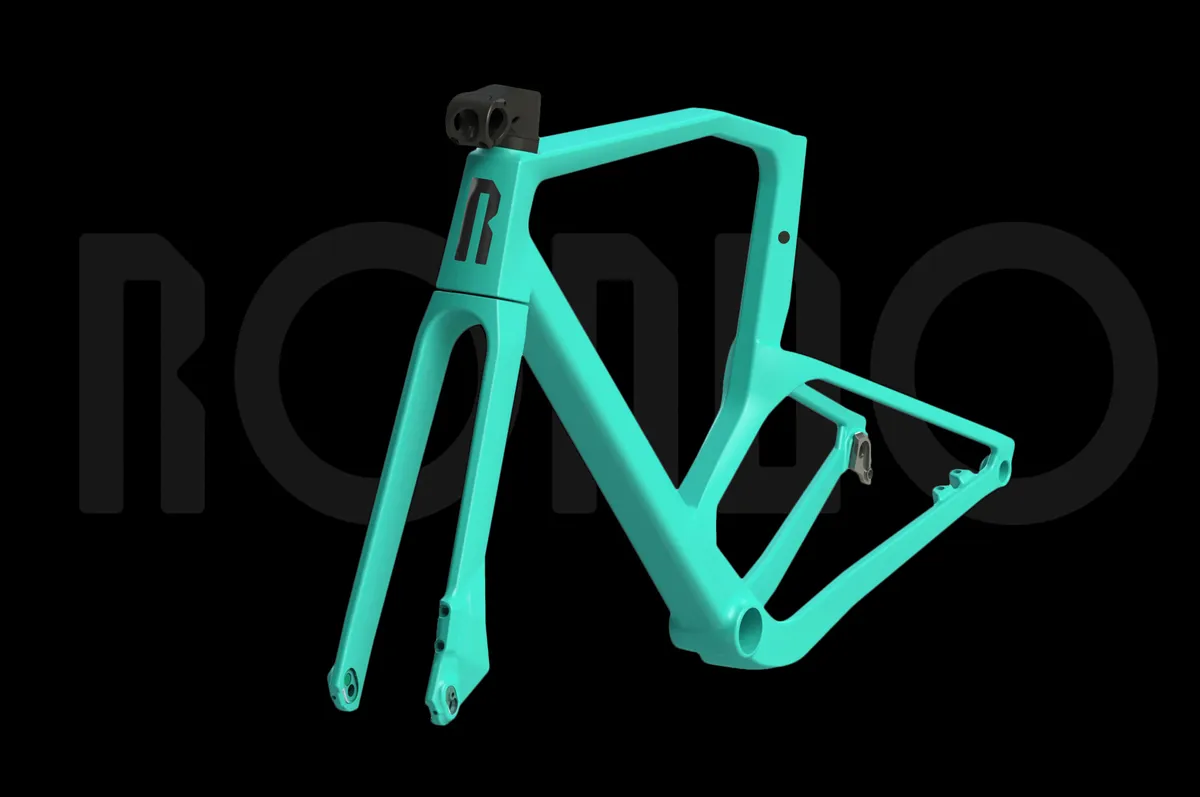
Specialized and Rondo both make comfort claims with the Sirrus Carbon and Ruut, but how effective the frame shape is in soaking up road and trail buzz is to be seen.
However, considering how such a frame design would influence aerodynamics is also crucial, if we are to see a broader uptake.
Even on an endurance bike, you don’t want to introduce a lot of additional drag to a bike. Efficient munching of miles is the goal, after all, and aerodynamics aid efficiency.
Theoretically speaking, if a brand wanted to optimise a similar frame shape for aerodynamics, the shape of the bracing tube would need to be changed.
Then the space behind the tube and in front of the rear wheel has to be considered. This isn’t an issue per se. Nothing is more aero than, well, nothing. But how the air flows into the rear wheel would have to be considered carefully.
But there’s one even bigger problem standing in the way of this design becoming commonplace on drop-bar road bikes.
The 1x question
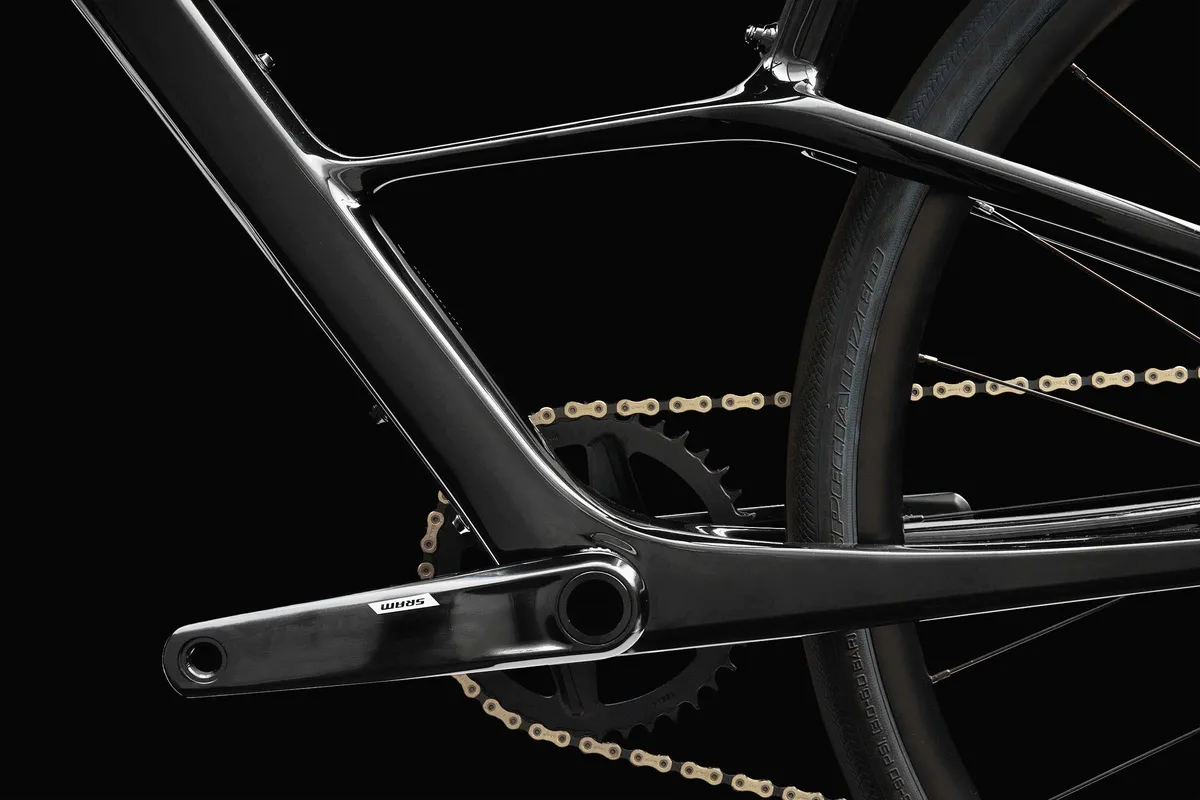
Back when BikeRadar first saw the frame drawings from Specialized, and we thought the new bike was going to be a Roubaix, there was one big red flag.
Would Specialized really make a road bike, and one of its most successful models, a 1x-only design?
While 1x drivetrains are now fairly common in the time trial world, and there are plenty of riders using a single chainring on gravel bikes, there's still plenty of resistance when it comes to dedicated road riding (some brands, such as Vielo, are bucking this trend).
That said, some pros, such as Trek Segafredo’s Lizzie Deignan on her Paris-Roubaix Femmes-winning bike, Wout van Aert on his Milan–San Remo machine, and Lotto Destiny’s Victor Campenaerts on his Classified-equipped Ridley, have adopted 1x drivetrains – and it is with the latter rider’s setup where we see the most potential for change.

Campenaerts uses a Classified Powershift hub to get an effective 2x drivetrain and this is something that Specialized, Rondo and other brands could do in the future.
Classified Powershift is a two-speed gear system housed in the rear hub, replacing a front derailleur.
While an increasing number of wheel brands are starting to partner with Classified, the upstart has a long way to go before it truly disrupts the established road groupset players in Shimano, SRAM and Campagnolo.
So, will we see the road market fully embracing the Classified system? I'm not sure – there's a long way to go.
This leaves us slightly in the lurch regarding how a Ruut or Sirrus Carbon lookalike frame might be adopted beyond gravel and commuting, and in the road world.
One thing is for sure, though – we're looking forward to finding out how both bikes ride, and will be keeping a close eye on how Rondo, Specialized or any interested observers develop things further.
